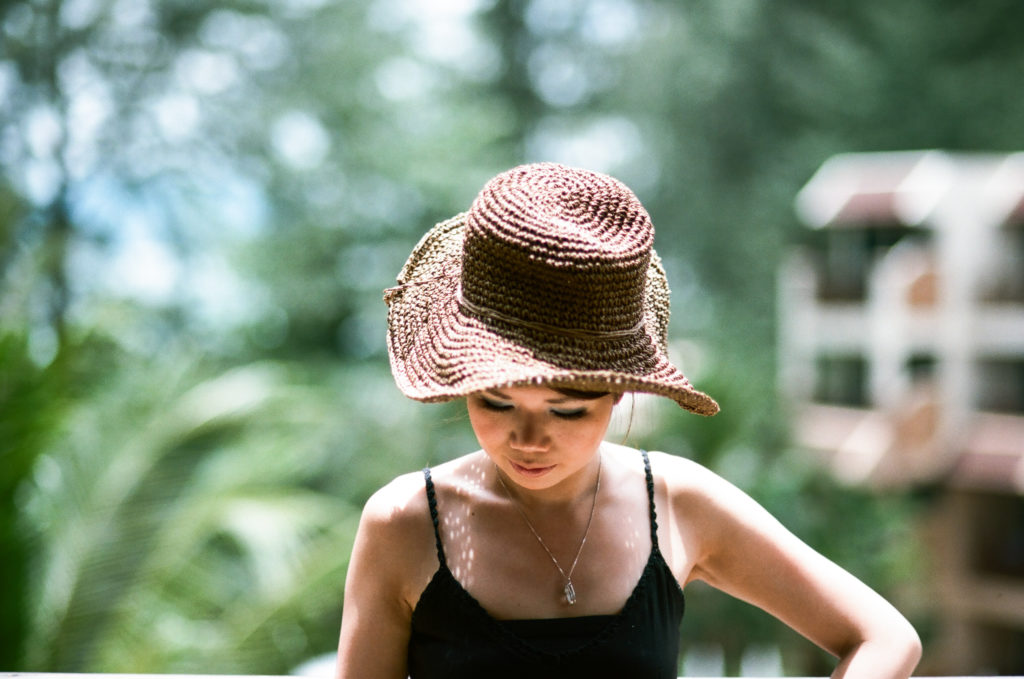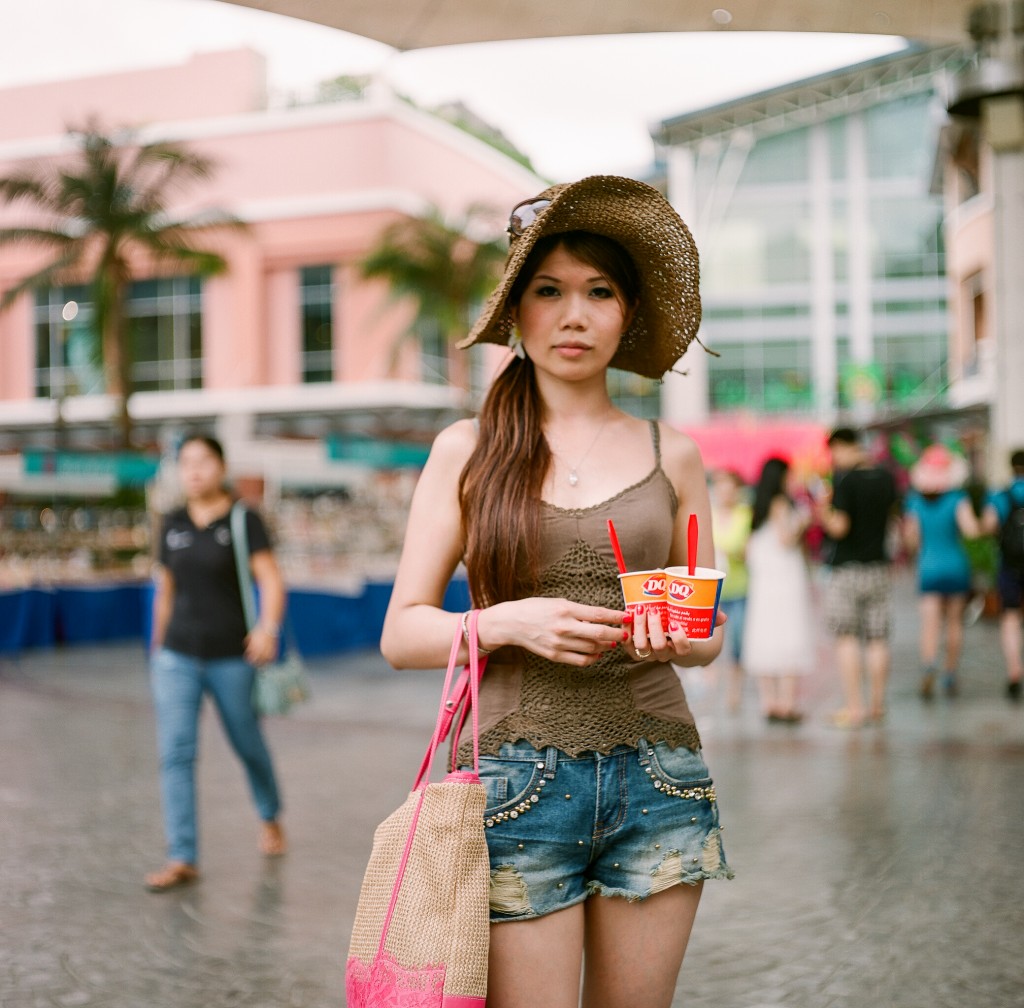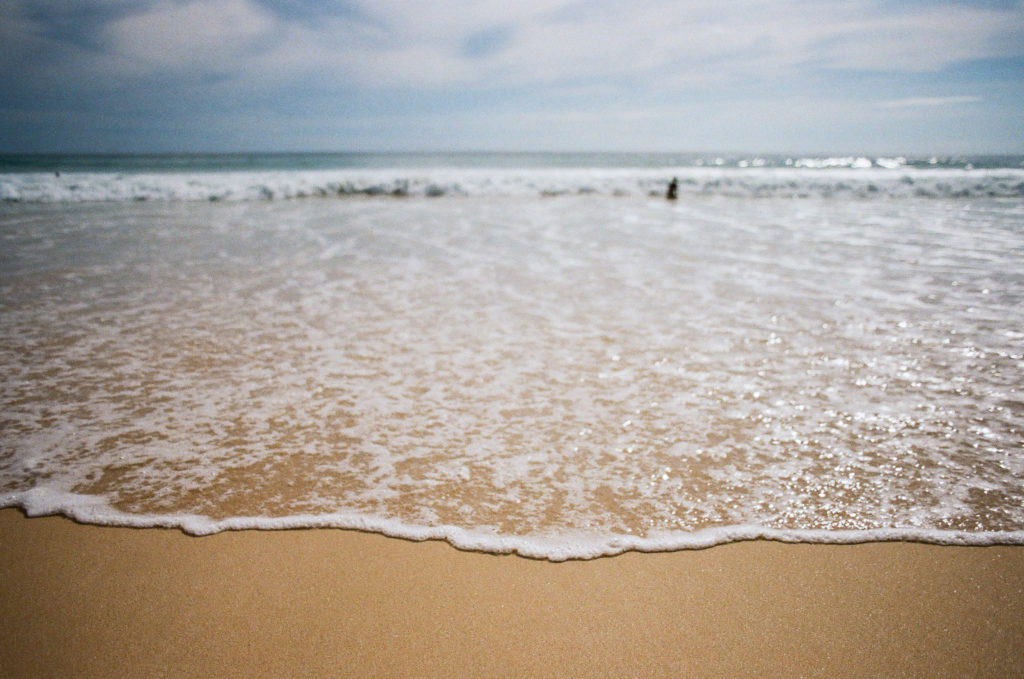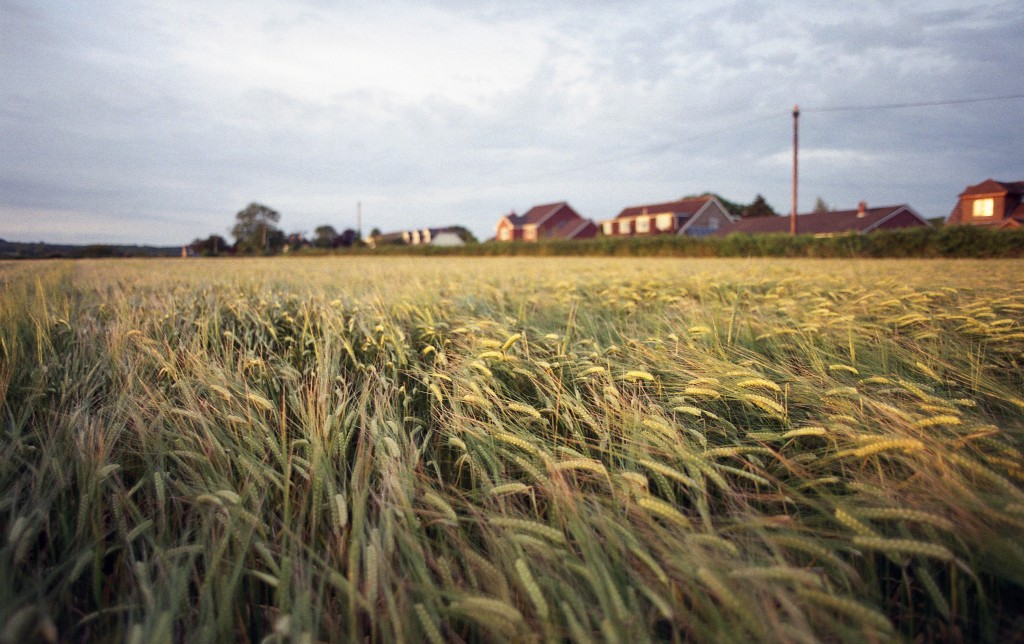Why Shoot Film?
Why film?
Many people ask me why I still shoot film. Indeed, people still ask me if film can still be bought as if I like to carry around unusually large cameras with no film in them for exercise. Unnecessary sarcasm aside though, my first thought is usually to punch them in the face but that feeling usually gives over to the urge to share my love and passion for film and wax lyrical about the joys of photography in general. These are conversations I usually deliberately steer towards talk of film in particular and ones that often descend fully into a dogmatic approach to film photography evangelising and why I think the whole World would be better off if we all just shot more film. I don’t think there’s anything wrong with this. I genuinely think film is an important part of human culture and should be preserved.
The truth is that I learnt photography on film. When I learnt photography, photography meant shooting film. Photography was film. But why continue to use film? My photography has come full circle in terms of medium. I started off with film and briefly switched to digital during the late 00’s and then returned to film.
It wasn’t a conscious decision to start shooting digital it was more circumstantial. My camera gear was stolen in Vietnam during my backpacking days and during this time I started working on a small independent travel magazine in Thailand. The next camera I bought was digital but at the time I really wasn’t thinking in terms of media – I was just shooting and loving it.
 Nikon FM2 / Kodak Portra 160 / Nikkor 85mm
Nikon FM2 / Kodak Portra 160 / Nikkor 85mm
Despite this I soon discovered my photography wasn’t progressing the way I wanted it to and the rate at which I was learning was slowing – I had plateaued. I was amassing a huge number of photos and spending more and more time editing and post-processing. I was becoming less connected to the subject and making photos and more connected to gear and the computer screen
In retrospect I can put this down to experience. The slow and often frustrating experience of mastering an art (or attempting to at least) can also be a humbling one and I’m glad to have worked through this facet of photography but at the time I felt I was going backwards and that the digital workflow was to blame. Even if it wasn’t, I was enjoying photography less than I used to and above else I have to enjoy what I’m doing.
During my film days I’d been used to dealing with a small number of photos, my ‘keeper’ rate was fairly high and it steadily grew with experience. Now I was lost in a sea of what can only be described as digital crap – dozens of photos that looked the same and I was wasting precious time trying to figure out which were the keepers. Instead of thinking about the picture I was trying to make, I just shot photo after photo in the hope of getting the one I wanted instead of thinking about the design process. I was getting lost. I longed for film and for the darkroom.
 Nikon FM2 / Kodak Ektar 100
Nikon FM2 / Kodak Ektar 100
When I returned to England I new I needed to get back to my photography roots, so to speak. I bought a second hand film camera – a fully mechanical and manual one. No bells or whistles, just a shutter speed dial, an ISO dial and a manual focus lens with a manual aperture ring. I went back to basics and started to enjoy the process of making a photograph once again. I’d never had so much fun. By this time though, the entire industry had moved to digital and many of the films I had used in the past had been discontinued or were disappearing but it didn’t matter, I new I wanted to shoot film from then on.
Design and Process
There are times when I just want to shoot from the hip – walking around busy towns and cities, shooting in crowds or on the street or in markets etc, but most of the time I consider every shot; the design process that I’d neglected is now at the forefront of my mind whenever I take a photo – well, almost every time.
I think film photography can be enriched by a Zen-mind approach. Apart from the photographic design process – orientation, focus point, what to place where in the scene, what to leave out, colour, light, shape, texture, balance, dynamism, juxtaposition, movement, content, narrative etc, etc which are relevant to photography regardless of equipment or medium, using film requires an extra set of decisions. Selecting the right film, taking weather and light into consideration, metering, thinking ahead to processing and printing (and/or scanning) etc. Older film cameras are less automated and some have no automation whatsoever or even light meters which means you might have to remember dark slides and lens caps and learning to use an external light meter or another method of metering, sunny 16 or the zone system for example. After that you’re still only a third of the way through the process. Now the fun really starts – development and printing.
But it’s not just the process that I love. The main reason for using film is the look. It just looks nice to my eye. It has real beauty. It’s tangible, it has character, it can be described.
I love the way film handles the transition from shadows to highlights. It’s smooth and gradual and I love the fact it has so much dynamic range and exposure latitude. Instead of wasting time processing photos I just select the film that gives me the look I want. That being said, I don’t like being distracted by talk of pixels, resolution, sharpness etc. Pixel-peeping is a waste of time. I just prefer the look of film.
Another upside to returning to film photography at this time was the cost of used cameras. The cameras I’d lusted over during my formative years were now mostly affordable. I decided that as part of my continued photography education I would try as many as I could. Medium format cameras I used briefly at college I could now own, old 35mm compacts I remember my parents using were now being sold off in huge numbers for just a few pounds.
 Mamiya C220 / Fuji Pro 160NS
Mamiya C220 / Fuji Pro 160NS
Now I love film more than ever. I still own a digital camera but I never use it. I’m only interested in film.
All this being said, I haven’t written any of this in order to criticise digital photographers or compare film favourably to digital. I’m not really interested in film vs digital debates (unless there’s something useful to be learnt from one). I understand why others want to use digital and the arguments for using digital in certain situations are sound. These are just some of my personal reasons for continuing to shoot film.
Expired Film
On this blog I only tag film with the “expired film” tag if it’s a least 2 years out of date. In my experience nothing much happens to film in terms of colour or quality unless it’s significantly out of date except for a loss of sensitivity. Film, especially high-end professional film lasts very well and performs normally even when expired. Only when it’s significantly expired will the user experience colour shifts and the like. Normally though the film becomes grainy and muddy and isn’t particularly interesting from a photographic perspective.
 Nikon FM2 / Kodak ProFoto XL
Nikon FM2 / Kodak ProFoto XL
I’m not interested in film because it’s expired. I use expired film in spite of the fact it’s expired. Either because I’ve been holding onto it for too long and haven’t got around to using it or I’ve found some discontinued film that I like and want to use and it happens to be expired.
Film Rebranding
All of the films I use I refer to on this website exactly as they are described on the box. Throughout the history of film photography different films have been rebranded and sold as other films. There’s a great deal of discussion on this subject online and I’m sure some of the film I use is actually rebranded.
I haven’t really got the time or the inclination to figure out for certain exactly which films have been rebranded. There seems to be a general consensus among netizens in the film photography community on the origin of certain films whilst the origins of others appear hotly debated still. I have come across some discussion on the subject in the ‘real world’ but not a great deal.
For anyone who’s interested in the subject – to find the greatest number of people interested in the same thing one should probably look to the Internet – online forums and film photography blogs will probably offer the most answers. Retail staff don’t seem to know much and I’m not aware of any books on the subject.
To keep things simple I just refer to them as they are sold.
Which Films?
These days I believe any film stock is a good one simply because I believe any action taken towards helping keep film alive is a good thing.
Photographic film has always come and gone. In the past film manufacturers have marketed many different kinds of film sometimes even in different versions i.e. a vivid colour version and a natural colour version, multiple speeds, tungsten balanced, negative, reversal, motion picture, infrared etc. Just fifteen years ago the list seemed endless and as photographers we were spoilt for choice.
Now we are down to the bare minimum, often having to look to different manufacturers to find a particular kind of film in a particular speed. These days I shoot pretty much whatever I can get my hands on wether it’s expired or not and pretty much regardless of the price, within reason. I want to shoot as much film as I possibly can.
 Nikon F801-s / Boots 200
Nikon F801-s / Boots 200
There are two main manufacturers you should know about. The first is Kodak. Kodak have done more for the photographic medium than any other company in history. They brought photography to the masses when the medium was in its infancy and George Eastman pioneered the use of celluloid film. Their decision to re-introduce Ektachrome has had film photographers rejoicing the world over. I believe buying Kodak film is one of the most beneficial things a person can do for the industry.
The other big name in film is Fujifilm. While they’ve produced a number of superb films over the years their apparent disdain for the medium is disheartening and their discontinuations of their film lineup continues to sadden photographers.
If I had to recommend any film I would say get the best ones you can afford. I try to stay away from the very low end; Fuji C200, Kodak Colorplus etc. I once used a roll of expired Kodak Ultramax and it was horrible and haven’t used it since.
Kodak Gold and Fuji Superia are mid-range films and are perfect for general photography and are relatively inexpensive.
On the higher end Kodak Portra is arguably the best film ever made in terms of exposure latitude and dynamic range and it’s easy to use. It was the last professional film to be introduced and uses the latest technology. Ektar has the finest grain of all films but is trickier to use. Fuji Pro is lovely also but in my experience needs to be over-exposed in most circumstances.
I tend to over-expose film as a general rule. More if I’m shooting outside and the sky is overcast or if I’m shooting indoors. I’m not saying it’s right, it just gets me results I like.